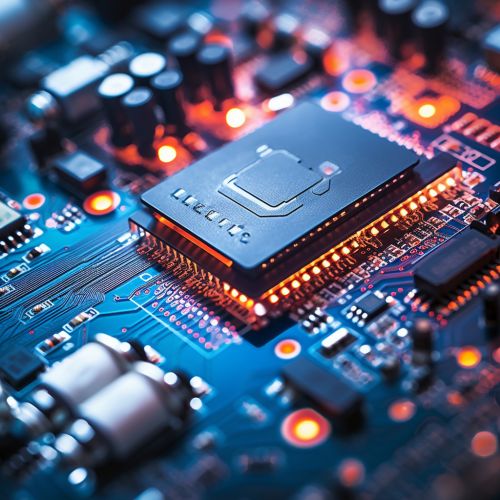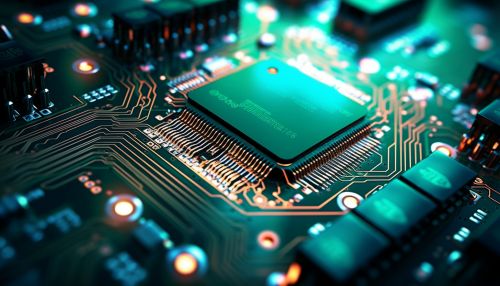Digital Circuit
Introduction
A digital circuit, or a digital electronic circuit, manipulates digital signals: discrete, discontinuous voltage levels, rather than continuous ranges as used in analog circuits. These circuits are the backbone of modern computing and digital communications. They are used in numerous applications, from basic logic gates to complex microprocessors read more.
Digital Signals
Digital signals are a sequence of voltages that represent binary numbers: ones and zeros. These binary digits, or bits, are the smallest unit of data in computing. Digital signals are less susceptible to noise and distortion than analog signals, making them ideal for accurate, reliable data transmission and processing.
Logic Gates
At the heart of digital circuits are logic gates, the basic building blocks of digital logic. These include AND, OR, NOT, NAND, NOR, XOR, and XNOR gates. Each gate has a specific function, defined by a truth table, which outlines the output for every possible combination of inputs.
Boolean Algebra
Boolean algebra, named after mathematician George Boole, is the mathematical framework used to design and analyze digital circuits. It deals with binary variables and logic operations, and is fundamental to understanding and designing digital systems.
Digital Circuit Design
Designing a digital circuit involves several steps, from specifying the functional requirements, to creating a logic diagram, to simulating and testing the design. Modern digital circuits are typically designed using hardware description languages (HDLs) such as VHDL or Verilog.
Sequential and Combinational Circuits
Digital circuits can be categorized into two types: sequential and combinational. Combinational circuits produce an output based solely on their current inputs, while sequential circuits' outputs depend on both their current inputs and their past state.
Integrated Circuits
Integrated circuits (ICs) are compact, high-performance devices that contain large numbers of digital circuits on a single chip. They have revolutionized electronics, enabling the miniaturization and mass production of digital devices.
Applications of Digital Circuits
Digital circuits are ubiquitous in modern technology. They are used in computers, smartphones, digital cameras, and many other devices. They are also essential in telecommunications, enabling digital data transmission over networks.
See Also


